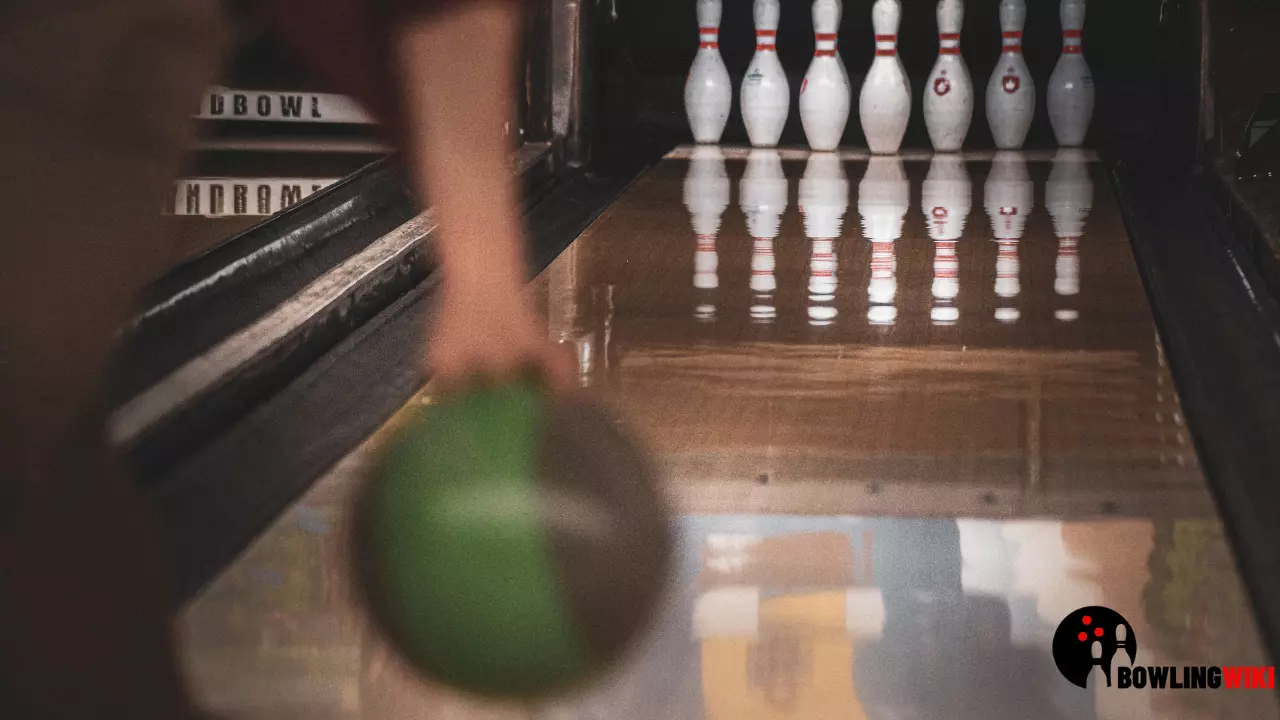How Long Is a Bowling Lane?
Bowling is a popular leisure activity that has been enjoyed by people of all ages for many decades.
The game involves rolling a ball down a lane with the goal of knocking down as many pins as possible. One of the most important factors that affects the outcome of a game of bowling is the length of the lane.
In this article, we will explore the length of a standard bowling lane and what this means for players of all skill levels.

The Standard Length of a Bowling Lane
The standard length of a bowling lane is 60 feet from the foul line to the headpin, with an additional 10 feet for the approach area. This means that a standard bowling lane is a total of 70 feet long.
This length has been established by the International Bowling Museum and Hall of Fame, and it is the length used for competition play around the world.
Why Is the Length of a Bowling Lane Important?
The length of a bowling lane plays a critical role in determining the outcome of a game. A longer lane will give the ball more time to build up speed and momentum, making it more likely to knock down all the pins.
On the other hand, a shorter lane will result in the ball losing speed and momentum more quickly, making it less likely to knock down all the pins.
In addition to affecting the outcome of a game, the length of a bowling lane can also have an impact on a player’s technique. A longer lane requires a different approach and delivery style than a shorter lane. This means that players need to be able to adjust their technique to account for the length of the lane they are playing on.
Factors That Affect the Length of a Bowling Lane
While the standard length of a bowling lane is 70 feet, there are several factors that can affect the actual length of a lane. Some of these factors include:
- Wear and tear: Over time, the lane may become worn and damaged, affecting its length and the outcome of a game.
- Maintenance: Regular maintenance and upkeep can help to keep the lane in good condition and at its standard length.
- Weather: Extreme weather conditions, such as high humidity or temperature changes, can cause the lane to expand or contract, affecting its length.
- Age of the lane: Older lanes may have become warped or misshapen over time, affecting their length.
How Does the Length of a Bowling Lane Affect Game Play?
The length of a bowling lane can have a significant impact on game play, affecting both the outcome of a game and the technique used by players.
Longer lanes give the ball more time to build up speed and momentum, making it more likely to knock down all the pins. Shorter lanes result in the ball losing speed and momentum more quickly, making it less likely to knock down all the pins.
In addition to affecting the outcome of a game, the length of a bowling lane can also impact a player’s technique. A longer lane requires a different approach and delivery style than a shorter lane. This means that players need to be able to adjust their technique to account for the length of the lane they are playing on.
Conclusion
In conclusion, the length of a bowling lane plays a critical role in determining the outcome of a game.
While the standard length of a lane is 70 feet, there are several factors that can affect the actual length of a lane. Whether you are a beginner or a seasoned pro, it is important to understand the length of the lane you are playing on and how it can affect your game play.
